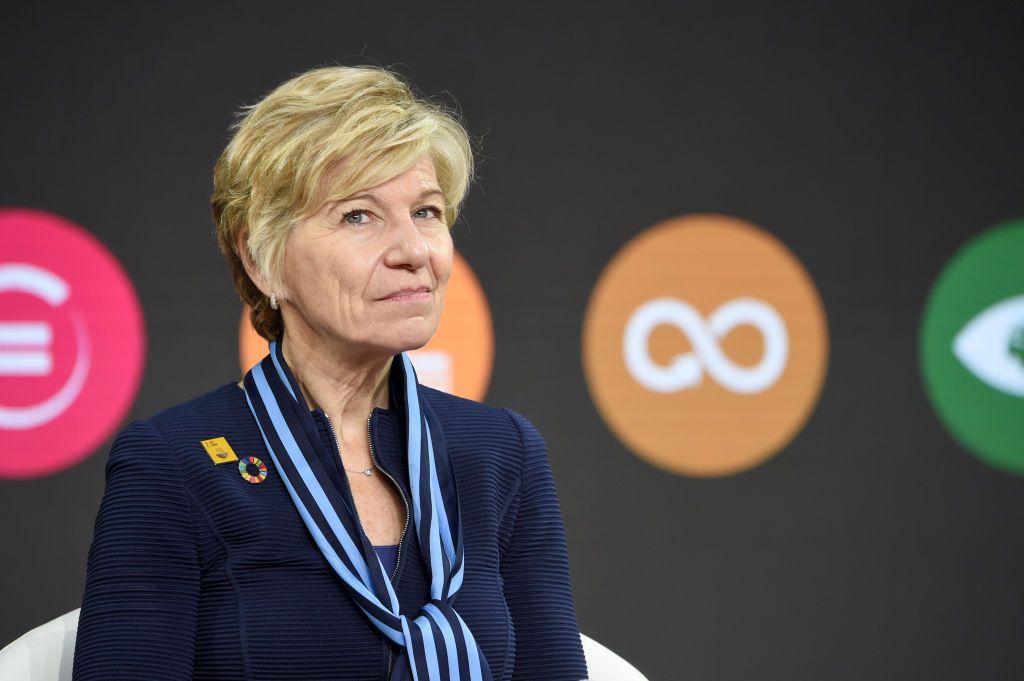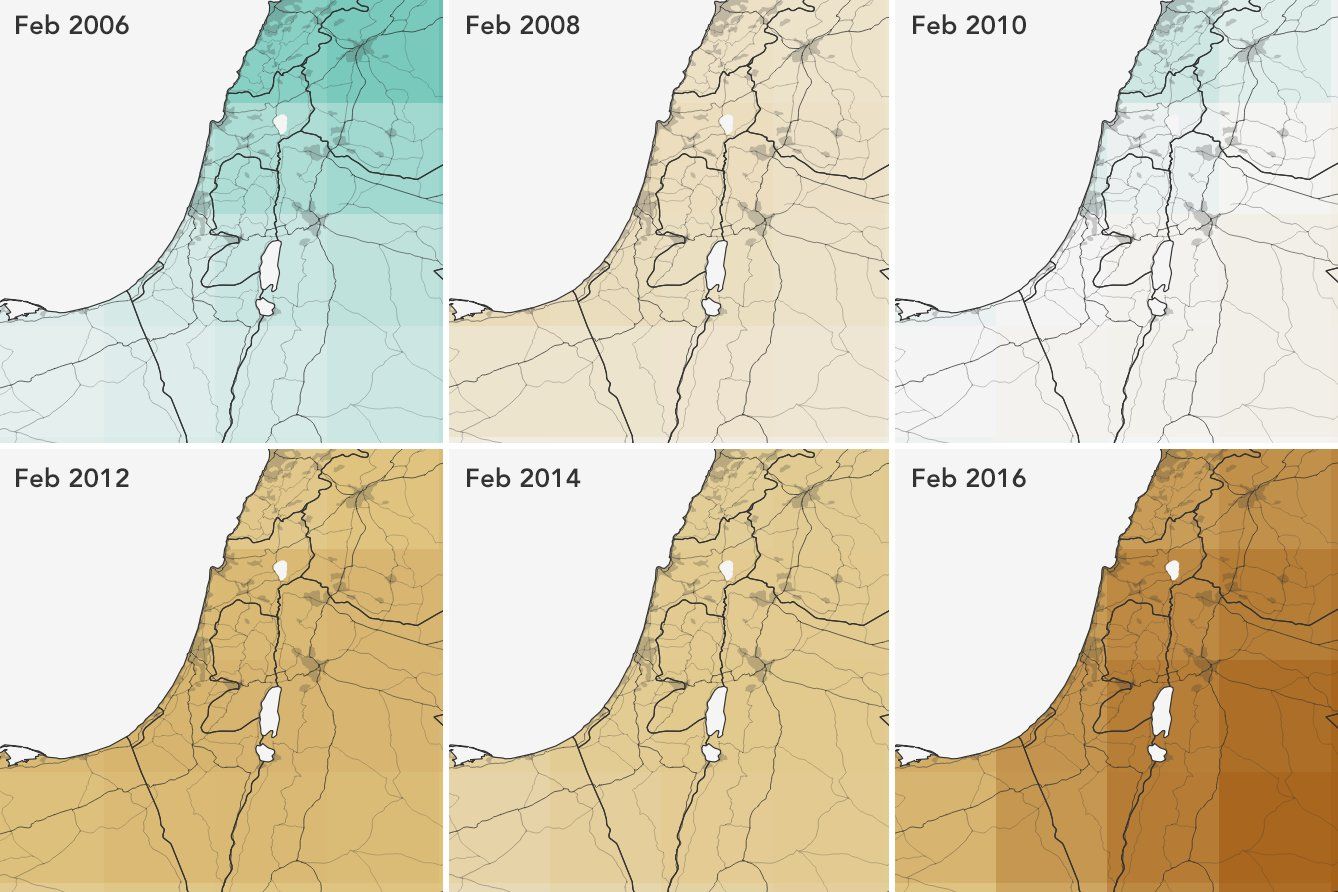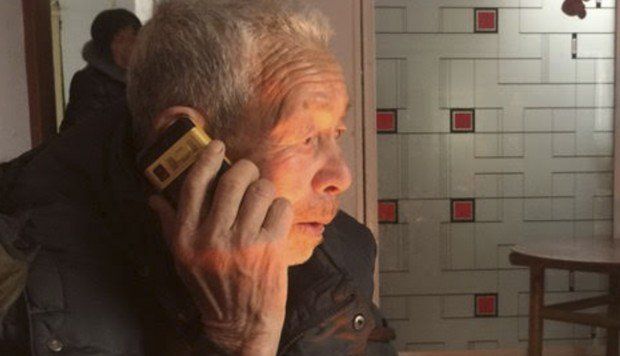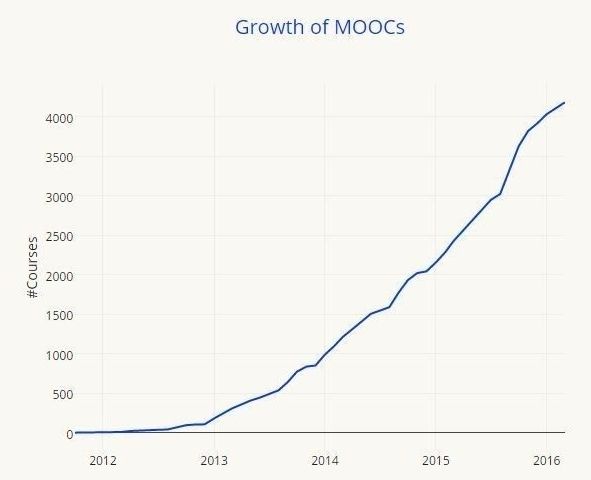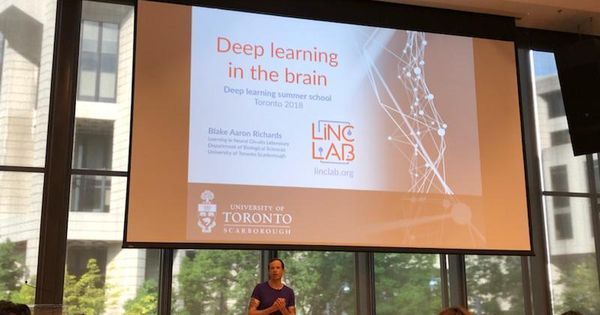All three of these surprising achievements are highlighted in the Goalkeepers 2018 Data Report, written by Bill and Melinda Gates and released on Sept. 18. But the dispatch—an assessment of the progress made so far on the United Nations’ 17 Sustainable Development Goals and done with the help of the University of Washington’s Institute for Health Metrics and Evaluation—is anything but rah-rah. For every encouraging data point, indeed, there is one that alarms. For every promising advance in the global war on poverty and disease is a perilous outcome if we lose focus or steam.
A report from the Bill & Melinda Gates Foundation focuses on four key areas: Health, education, sanitation, and family planning.
